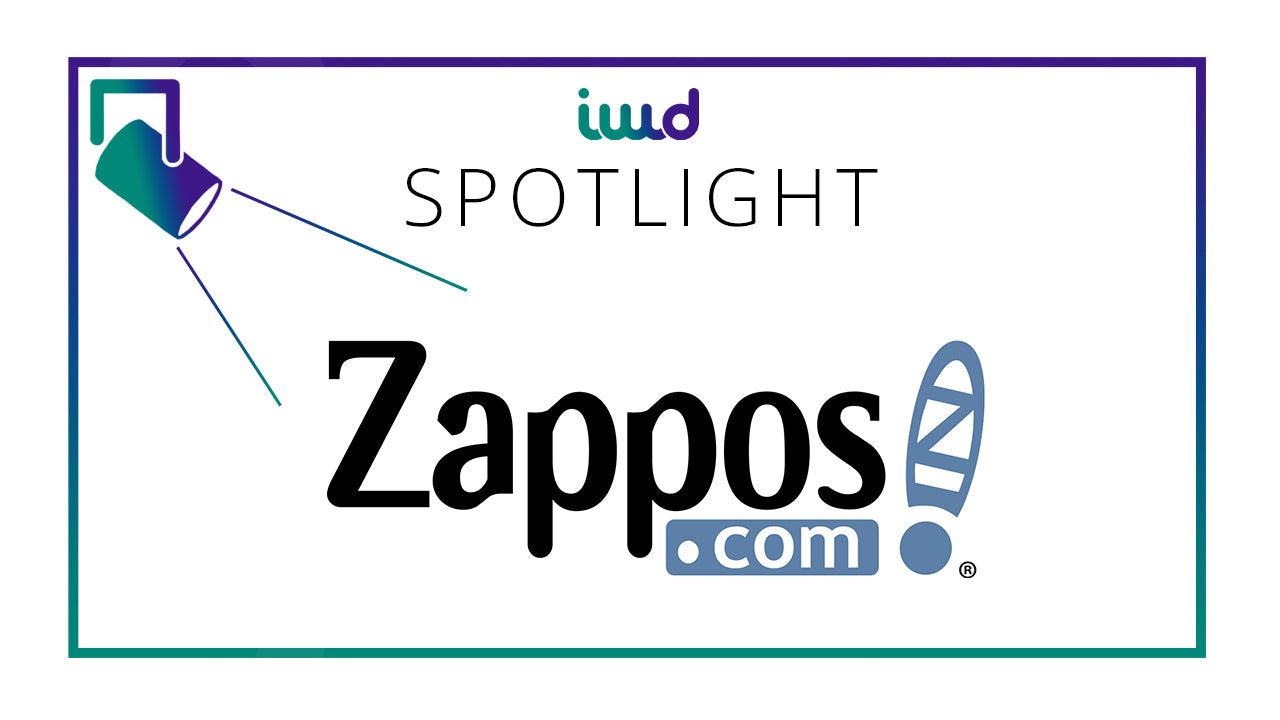Updated 4/5/2021
The success story of Zappos...
A business idea that came to fruition after an unsuccessful shoe shopping expedition at the mall was bought out at a $1.2 billion value just 10 years later.
Nick Swinmurn went shoe shopping for a pair of Airwalk Desert boots. He found the color he wanted, but not the size. Then he found a size that fit, but not in the color he wanted. Unimpressed, Nick left the shopping mall, later to quit his job and founded what is today known as Zappos.
In 1999, Nick had this idea that no investor wanted to touch. Selling shoes online. But this did not stop him. He had done his research. Meeting Venture Frogs, Tony Hsieh’s investment company, he delivered his pitch in three sentences:
“Footwear is a $40 billion industry in the United States, of which catalog sales make up $2 billion. It is likely that e-commerce will continue to grow. And it is likely that people will continue to wear shoes in the foreseeable future.”
Nick knew there was a turn coming in the retail market. Tony Hsieh saw the vision and potential, bought into the idea by investing $500million, and soon became co-CEO with Nick.
Zappos was initially launched under the domain name Shoesite.com but was soon changed to something more unique. Zappos’ name was adapted from the Spanish word for shoes “zapatos”.
Nick and Tony very early on, defined their core business values. They wanted to be the company known for wowing their customers and delivering the best customer service. They quickly learned if they were to deliver the best service, they needed to be in full control of each customer’s buyer’s journey. So they switched their inventory model, abandoned 25% of their revenue stream that was drop shipping, and expanded their own warehouse. This was a risky move financially in the short term, as well as the long term. Many brands would not sell to them anymore because they were worried that Zappos would cannibalize their brick and mortar sales. A turning point for this was when Dr. Martens came on board. Other brands then began to see that Zappos was not killing their brand.
In 2006 - Nick decided to leave Zappos, leaving Tony the sole CEO, which today, he still remains.
A few years later in July 2009, Amazon acquired Zappos in an agreement worth $1.2 billion at closing. At the time, this acquisition was one of the biggest in eCommerce history leading Zappos to be one of the biggest companies in the world. Part of the agreement was that Amazon would maintain a hands-off approach and allow Zappos to run the way it always had - with a unique company culture, full of fun and weirdness.
Zappos was and today, still is no ordinary business. They weren’t just in the business of selling shoes. They were in the business of delivering happiness and exceptional customer service, and just happened to sell shoes. They raised the bar for customer service and taught customers to demand better satisfaction at the same time.
The core of their business is to offer the best customer experience. One of the areas they have done so is by never charging for shipping. Someone could buy ten pairs of shoes, try them all on at home, see if they worked with their outfits or not, and return any of them without paying a cent for shipping. They actually made a loss by offering free shipping, but no one else was doing this at the time. They chose the option to rather invest in things that improved the customer experience rather than use those funds for marketing. To them, they were investing in what really matters in delivering their core business principles.
So customer service was the emphasis of their business, but their number one priority was their company culture. Hiring the right people is the main path to success. By creating and maintaining the culture of your company, the rest will be a natural byproduct. Zappos hired those who were passionate about what Zappos stood for - service. They didn’t care if these individuals were passionate about shoes or not.
Once recruited, no matter their role, every single new hire went for the same four week training. Towards the end of the training, new hires were even offered a payment to leave the company. This weeded out those who really weren’t invested in the job, company and what it stood for.
A large part of this training was on the customer service side of things. Zappos focused on customer service through direct calls, which is often overlooked. Zappos is easy to contact, they’re available 24/7, have friendly reps who go above and beyond to surprise customers. There have been instances where Zappos has given up immediate profit for customer relationships - by providing links to their customers to their competitors who had stock of a particular product, that they didn’t. Customer service reps have no scripts, are not there to up sell the customer. They are empowered to help.
Over the years, Zappos has learned that when you treat your customers well, you are making sure they will buy again. Creating a positive, productive culture is Zappos bread and butter. They identified their core values, hired by them, onboarded team members by them, and truly live by them. From there, a business is on a long-term path to success, profit, and growth.
A little over twenty years ago, Shoesite.com was a small online retailer that only sold shoes. Today, they sell shoes — as well as clothing, handbags, accessories, and more. That "more" is providing the very best customer service, customer experience, and company culture. They have built their success on these foundations.
